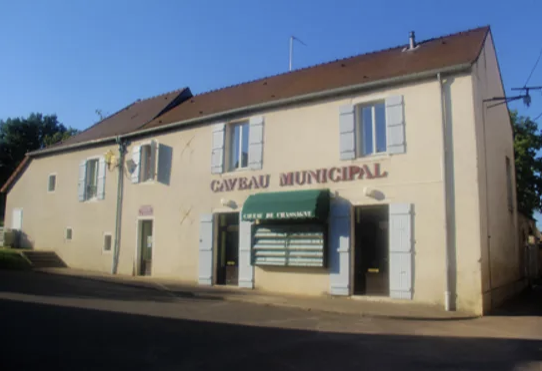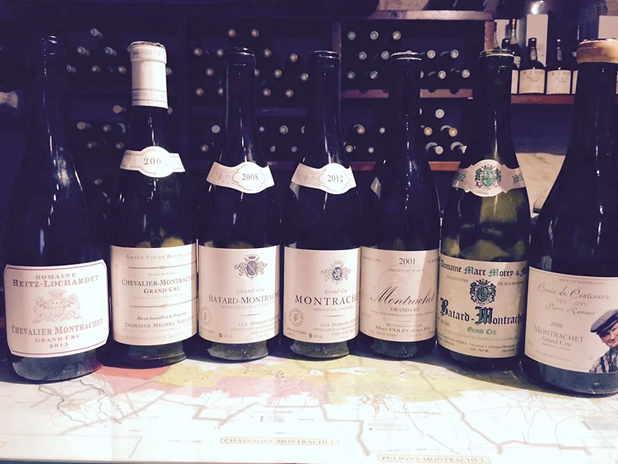Caveau de Chassagne
Burgundy is one of Wine Country’s greatest and best known sectors. And the best Burgundy wines come from the Côte d’Or. On the southern tip of this vinicultural (and cultural) wonderland are the paired villages of Chassagne-Montrachet and Puligny-Montrachet. Puligny is more famous, probably because of its white wines, which some connoisseurs believe are the world’s finest. We at Power Tasting are merely wine lovers and make no pretense of connoisseurship, so we offer no opinion.
Photo courtesy of the Caveau de Chassagne.
Chassagne, on the other side of the road, has both excellent whites and reds. You can visit some châteaux, but there aren’t that many (and not the greatest ones) that are visitor friendly. So if you want to taste the wines of the two AOCs, we recommend the Caveau de Chassagne (http://caveaudechassagne.com/). In some ways, it’s like a cooperative, in that you can sample wines from a variety of local producers. But it’s more of a regional showcase, with tastings and sales of wine.
To confuse things, the tasting room is also known as the Caveau Municipal, which is emblazoned on the exterior of a somewhat plain, sandy-covered building. That was the name of the place when it opened in 1986 and they haven’t bothered changing the sign. The interior is rather dark, perhaps because the walls are bedecked with wine bottles. There are a few tables and a display case with the wines you can sample. There are servers, whom they call guides, who are of varying degrees of friendliness to those who don’t speak French, and are quite knowledgeable about the local wines. All that said, it’s worth going.
Some of the Grand Crus available. Photo courtesy of the Caveau de Chassagne.
Although the tasting room is located in Chassagne, Puligny’s are served as well. What makes it distinctive is the range of quality of the wines they serve. A few words about Burgundian wine naming rules is called for here. If the label says only Burgundy, then the grapes can come from anywhere in the province. If it has a village name, such as Chassagne-Montrachet, on the label then it’s from some of that village’s designated vineyards. If it says Burgundy Villages as well as a village name, then it’s from its better vineyards. Premier Cru is even better (and somewhat affordable) and Grand Cru is the top, in both quality and price. And all these levels are available to sip and compare at the Caveau de Chassagne.
Almost all the wine in Burgundy comes from two grapes, Chardonnay for the whites and Pinot Noir for the reds. The reasons have much to do with history as well as terroir, but certainly the local vignerons have perfected the elevation of these grapes. (Yes, there is also Passetoutgrains, which aren’t worth drinking, and Bourgogne Aligoté, which is used in making kir.) Since all of the wines you are going to taste at the Caveau de Chassagne are from the same two appellations and the same two grapes, comparison tasting really can show you how different micro-terroirs, winemakers and quality levels determine what goes into your glass.
Oh, about Montrachet. For one thing, it can be pronounced MAWN-rashay or MONT-rashay. The so-called Mount Rachet is a not very large hill between the two villages. We suppose a mountain is in the eye of the viewer.

